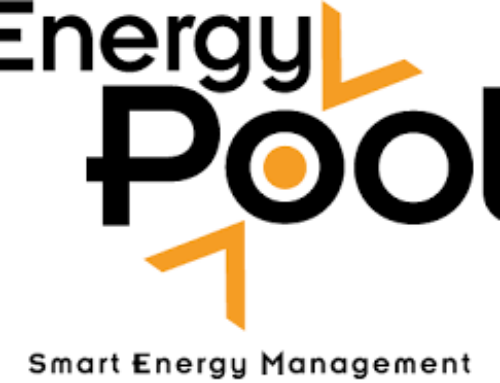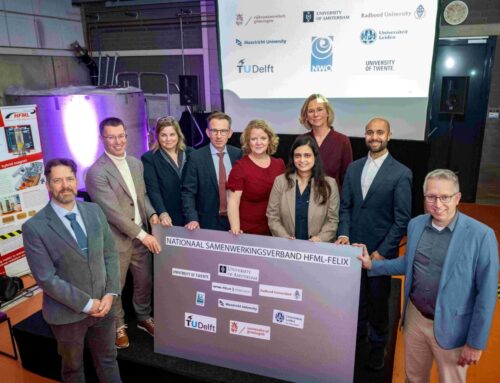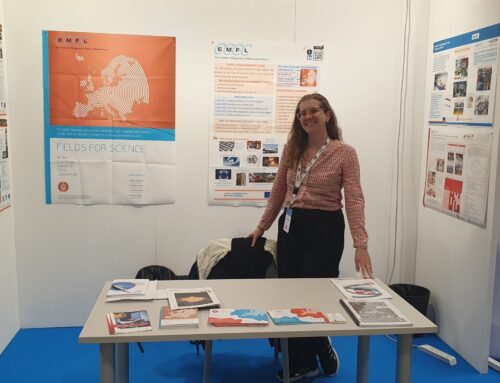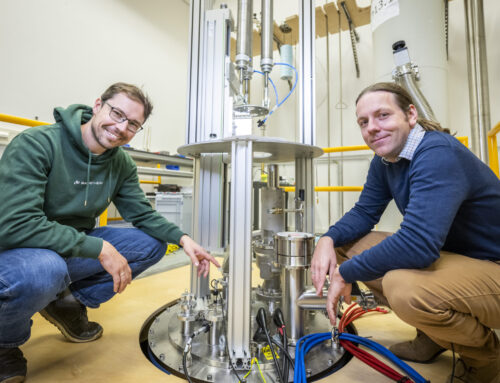Starting January 2021, the EU-funded design study SuperEMFL finished successfully at the end of last year. According to the initial objectives, the SuperEMFL project has generated specific know-how, models, the design of 32+ and 40+ T all-superconducting user magnets (TRL 7), and a possible scenario for implementing such equipment within EMFL as main outcomes.
The use of HTS (high-temperature superconductor) inserts to generate static fields efficiently introduces a change of paradigm. New experimental possibilities are expected, in particular long duration and very low-noise experiments. The large resulting reduction of operating costs for static high-field experiments will also considerably increase the EMFL capacity to host user experiments. The improvement of the EMFL environmental impact as well as the optimization of resources and energy are some major benefits of the project.
Reaching different communities
The development of HTS technology is now widely competitive with projects aiming at 40 T in Europe, the USA, and China. We are reaching other communities beyond EMFL throughout workshops and conferences, which show their strong interest by submitting their own projects to leverage the HTS technology, i.e., neutron-scattering facilities, CERN with its muon-collider project, and the fusion community.
We expect innovation impacts by opening the magnetic-field range beyond the current limit of commercial superconducting fields, to give the industrial partners a competitive advantage, understanding and modeling the quench events in HTS magnets and opening the high magnetic fields as a research tool to the bio and life sciences. This project serves as a showcase for Oxford Instruments LTS outer coils and for THEVA tapes.
We have trained several PhD students and post-doctoral fellows throughout the design study SuperEMFL, increasing their skills and value on the labor market, but also helping to prepare a future generation for HTS technology that will allow Europe to play an important role in this strategic technology.
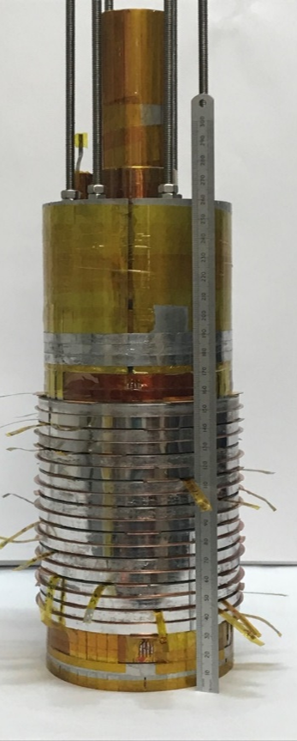 Prototype of the HTS insert coil.
Prototype of the HTS insert coil.


